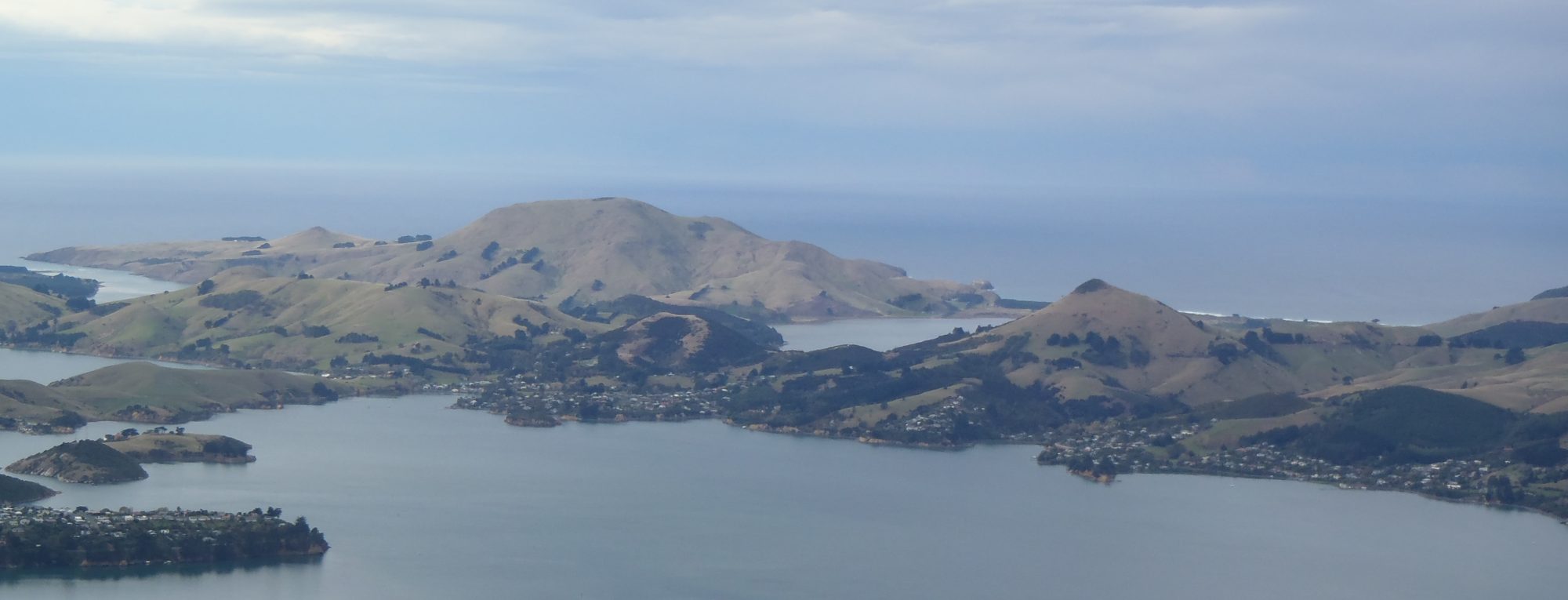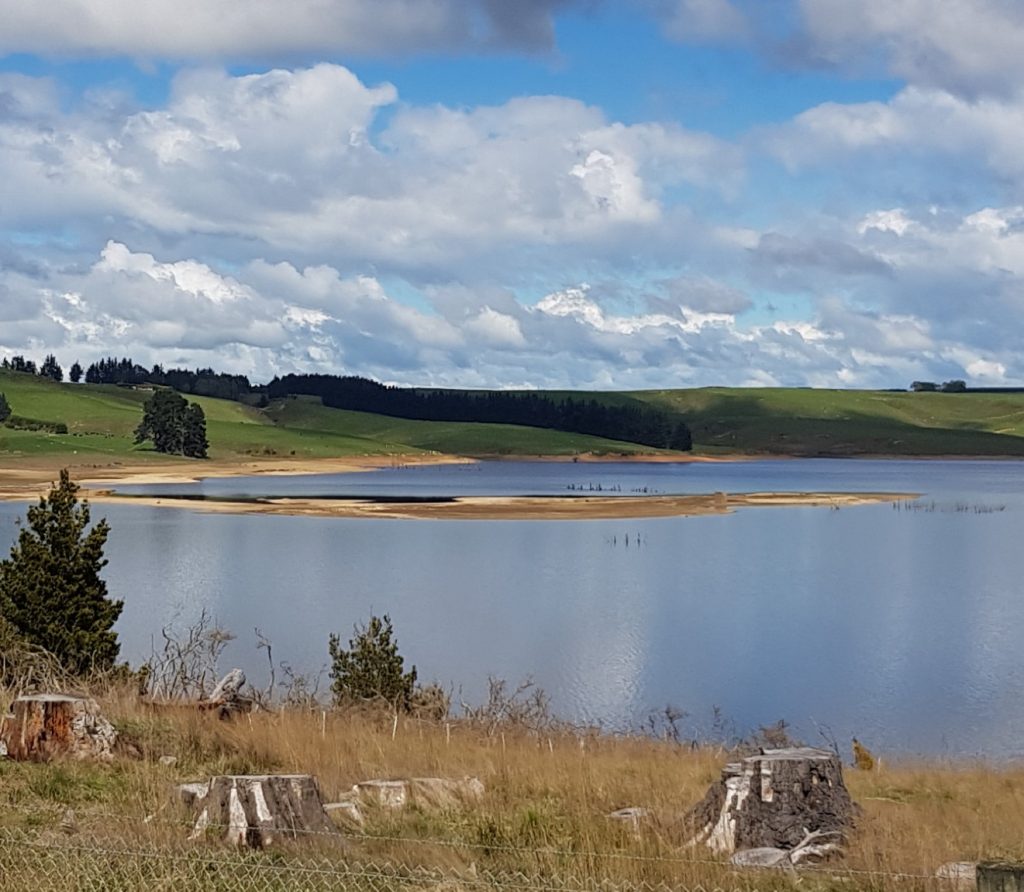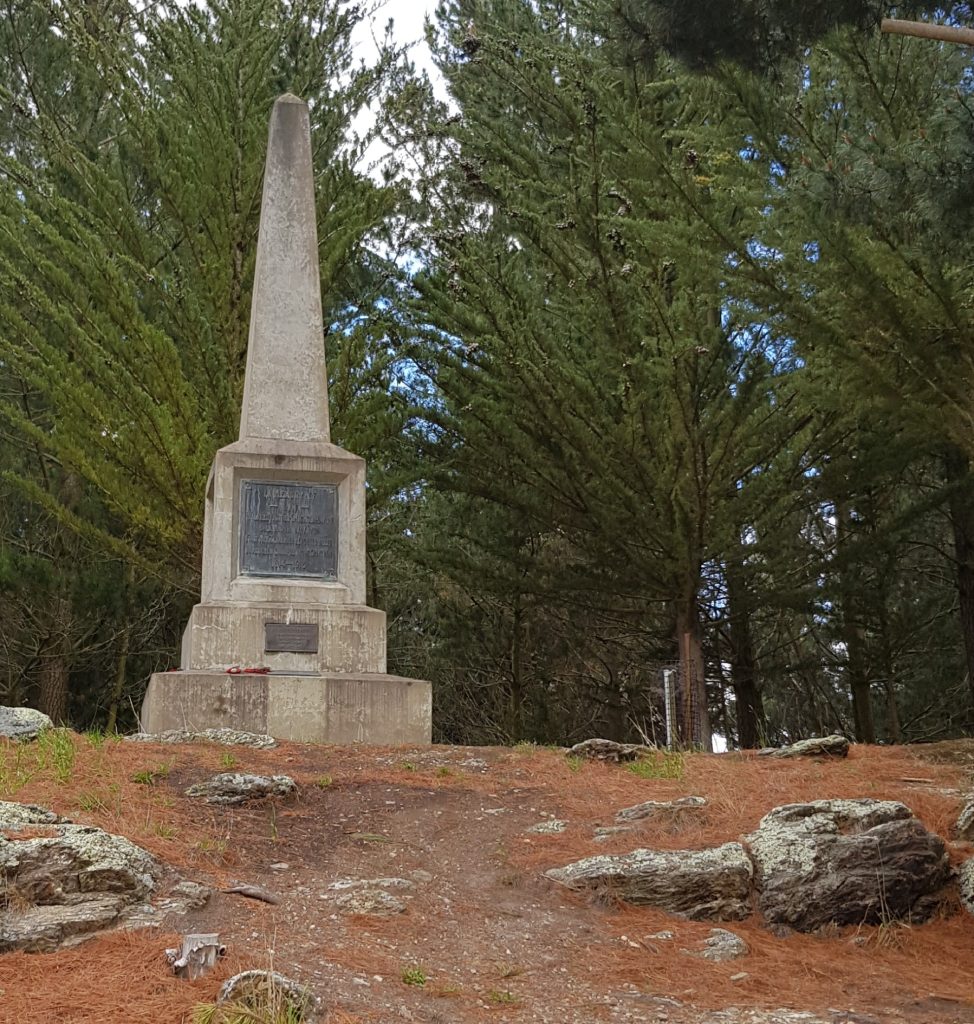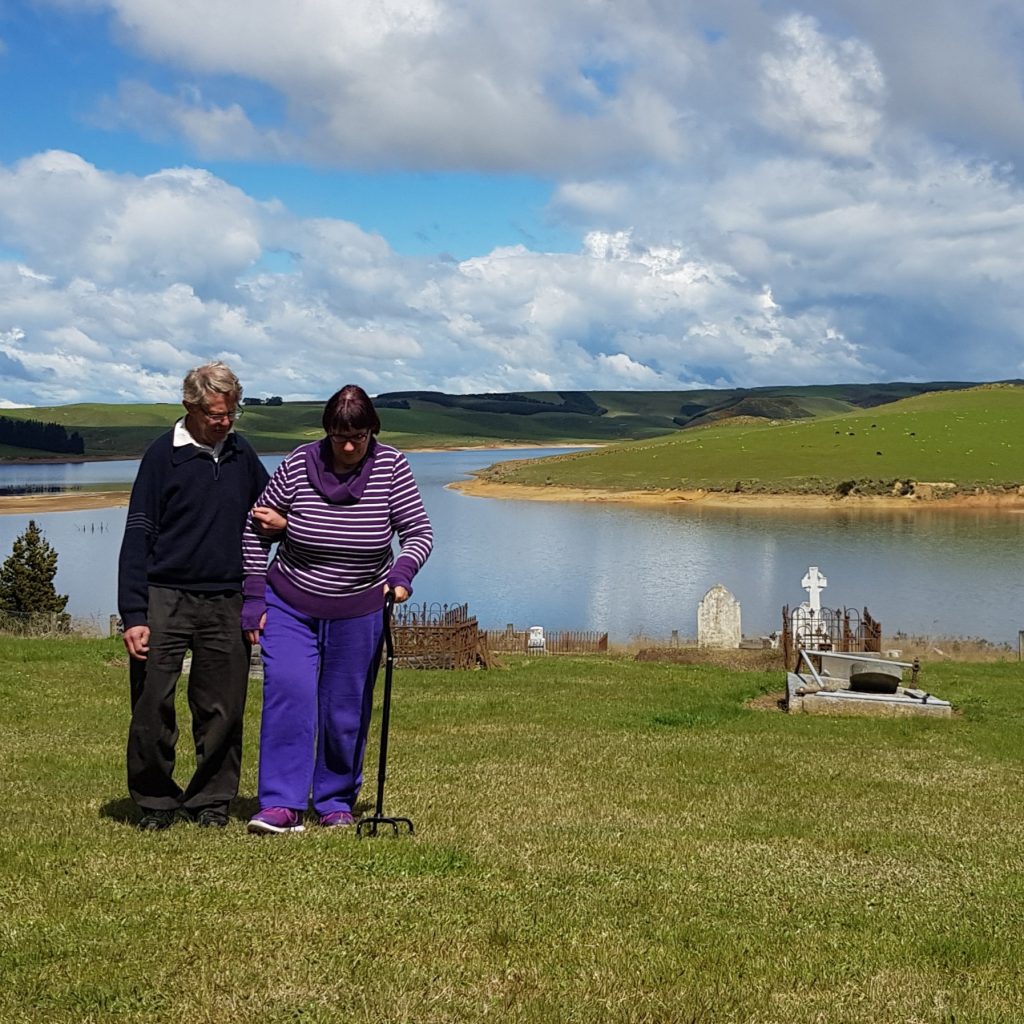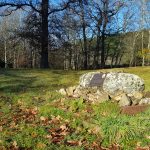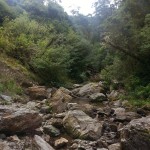It’s well known that I take a while to get around to things. Here we have an adventure I teased way back in 2017, embarked on in 2019 and I’m finally writing about today. What spurred me into action at the time was the news that Lake Mahinerangi had been lowered in response to earthquake safety concerns around the dam. This potentially meant that artefacts from the old township of Waipori (which had been inundated by the artificial lake) might now be visible for the first time in decades. This was to be one of the last adventures I shared with my mum, Susan, who would pass away not long afterward, the first of a series of events that would dampen my adventuring mojo for some time.
But let’s return to 2019, a time that might as well be a century ago to those of us still hanging on in 2025.
The forecast was for storms, and we passed through a sheet of blinding rain as we headed south, but I was determined to make adventure happen regardless. As we turned on to Mahinerangi Road the temperamental weather cleared for a while, providing fantastic mood lighting on the wrinkled green hills surrounding us.

In the Gabriels Gully gold rush days of the 1860s, I could not have been nearly so nonchalant about the weather. The earliest travellers, intent on getting to the newly-discovered gold fields of Tuapeka (now known as Lawrence) by the most efficient route, would travel via Outram, up the slopes of the Maungatuas and over the alpine plateau where Waipori River and Lammerlaw Creek converged. This was safe enough in the fine weather that prevailed at the beginning of the rush, but a sudden snowstorm caught many hapless gold-seekers unprepared. One party was lost four days without food and resorted to eating from a rotten pig carcass just to survive. They were finally found and rescued, with frostbitten feet to show for the adventure.
As if the natural hazards weren’t bad enough, the possibility of gold-carrying travellers passing through this isolated country attracted the attention of bandits such as Henry Garrett, whose own “Sticking Up Gully” I have already tried but failed to reach.
No such mishaps for us however, and soon enough a glittering azure streak appeared on the horizon as Lake Mahinerangi rose into view, though said lake would of course not have existed in the gold rush days.
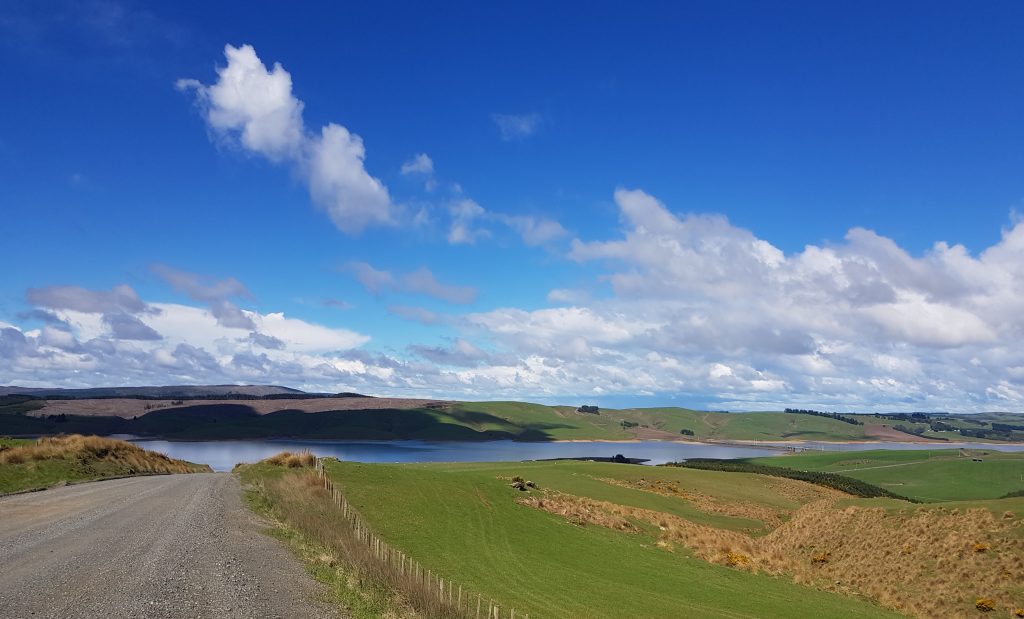
With so many prospectors passing through, it was only natural that some would fossick along the way. On Tuesday 17 December 1861 a man named O’Hara announced the discovery of gold at Waipori. A precipitous rush ensued, with the result that prospectors were caught short once again, finding themselves hungry and cold because they’d neglected the fact that no stores yet existed nearby from which to procure provisions – and firewood was next to non-existent in this high country environment.
This inauspicious start did not deter the determined treasure seekers, and by February of 1862 there were seven stores servicing some 2000 residents, among them many taking steps to settle down for the long haul.
Drawing near to the lake we encountered a small village, but zero stores. While picturesque, this is not the Waipori Town of old. To find the real Waipori Town we would have to pass this place by.
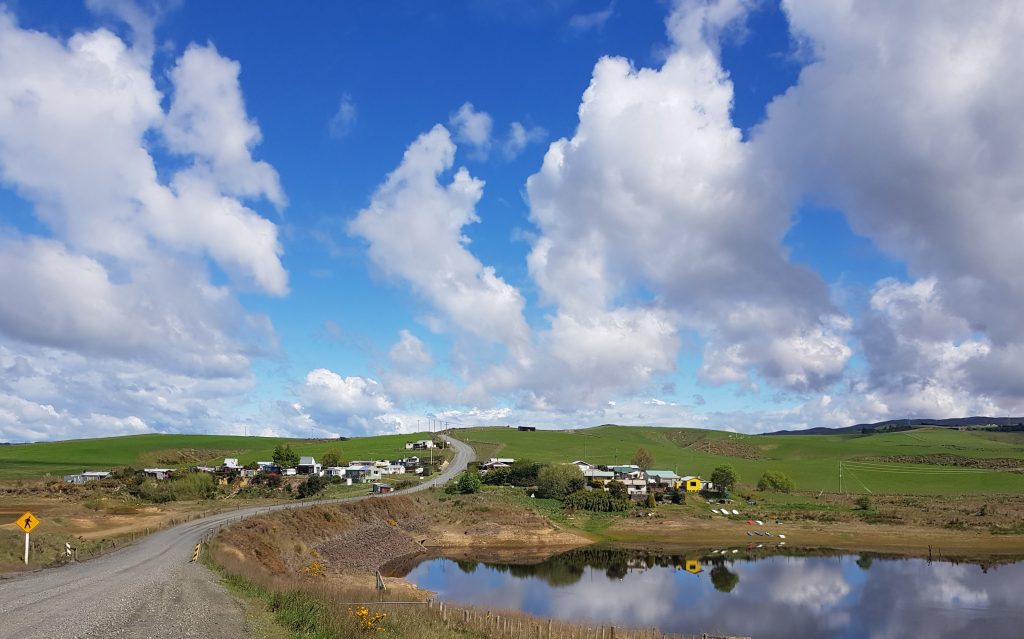
Beyond the town we turned away from the lake, a detour which brought us to the Waipori Cemetery, located on a slope overlooking the old town. With the introduction of human life to the district, it was inevitable that human death would follow. The first recorded burial at Waipori was in 1861, and there are more burials here than would be suggested by a casual glance, as many of the headstones are now lost or decayed.

I’ll be coming back to those, but first I wanted to get a look at Old Waipori Town, rising from its watery abode like a lacustrine Atlantis. From this vantage point (the best I was likely to get without taking a dip) I was able to observe a muddy island surrounded by clusters of dead trees or piles, and a single surviving square structure on the site of the house of Robert and Margaret Cotton. While the house itself was moved to higher ground before the lake was filled, this water tank was left behind. Ironically the house has now been demolished, while the water tank continues to make the occasional appearance whenever the lake runs low.
Behind us, we were provided an opportunity to pay our respects to the Cottons, as their headstone is one of the few lucky survivors.
Margaret was witness to one of the most dramatic and shocking episodes in Old Waipori history. Born in Ireland as Margaret Atkinson, she married Thomas Dickson in 1865, and both she and her father relocated to Waipori to assist in the management of his accommodation-house and store. In December 1865, while the two were in sole charge of the store, a man took advantage of the elder Atkinson’s inattention (he was up on a stool hanging meat), stabbing him without warning. Margaret intervened, causing the man to wound her in the process of making his escape. Not to be beaten so easily, the then-18-year-old Margaret fired a shot out the window at the fleeing villain (alternative accounts say the dying Richard Atkinson was the one to chase the criminal off with a gun).

Sadly Richard Atkinson passed away seven days later – he is also buried here. The perpetrator was captured in a nearby gully and was one of the first to be hanged at Dunedin Gaol. His motive was never clearly explained, but presumed to be robbery.
Margaret continued to run the place after her husband’s death (he fell from his horse on the Waipori road and died of hypothermia) until she wed her second husband Robert Cotton, owner of the competing Waipori Hotel, in 1875. Having successfully taken out the competition by marrying it, they proceeded to add five more children to Margaret’s existing two daughters from her first marriage.
The other stand-out monument here stands on a small hill amid a copse of pine trees, and turns out to be primarily a memorial to Wilfred Victor Knight’s service in the First World War.
Wilfred Victor Knight was a third generation Waipori man. His grandparents William and Ann migrated to New Zealand via Australia, following the Otago gold rush till they eventually landed at Waipori in 1864. They set up a wattle-and-daub bakery in a prime position between two hotels. Their son, Fred William Knight, added butchery to the business when he took it over in 1882, and was additionally active in several mining enterprises. He married a Port Chalmers lass, Mary Snell Lean, whom she met when she came to teach at Waipori in 1883. Together they had six sons and two daughters, Wilfred being their second son.
He was an independent young man who moved first to the West Coast and then to Australia, where he joined the Australian Imperial Force shortly after the outbreak of the ‘Great War’. He was among those who stormed the beach at Gallipoli, and died of wounds on the 29th of April 1915. He was 25 years old.
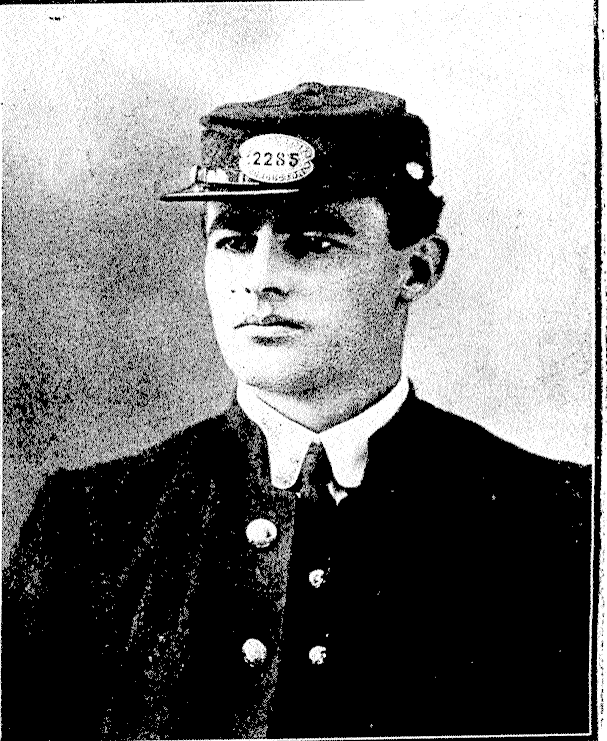
Upon receipt of the news, his mother declared, “I have no regrets, because he died for a just cause, and if I had a dozen sons I would not object to every one of them going to fight for their King and country and the flag of liberty.”
Thus even this remote town at the “uttermost end of the earth” felt the fury of the First World War. Like countless families the world over, they sent their sons to be buried on foreign shores.
Alas, Waipori town was to flourish and fade in a matter of only a few generations, and was ultimately fated for sacrifice upon the altar of progress. From the beginning residents had been harnessing the water to power their operations, and as demand for electricity increased the area attracted attention as a prime location for power generation. In 1904 the Dunedin City Corporation (precursor to our modern DCC) performed a compulsory buy-out of the private Waipori Falls Electric Power Company.
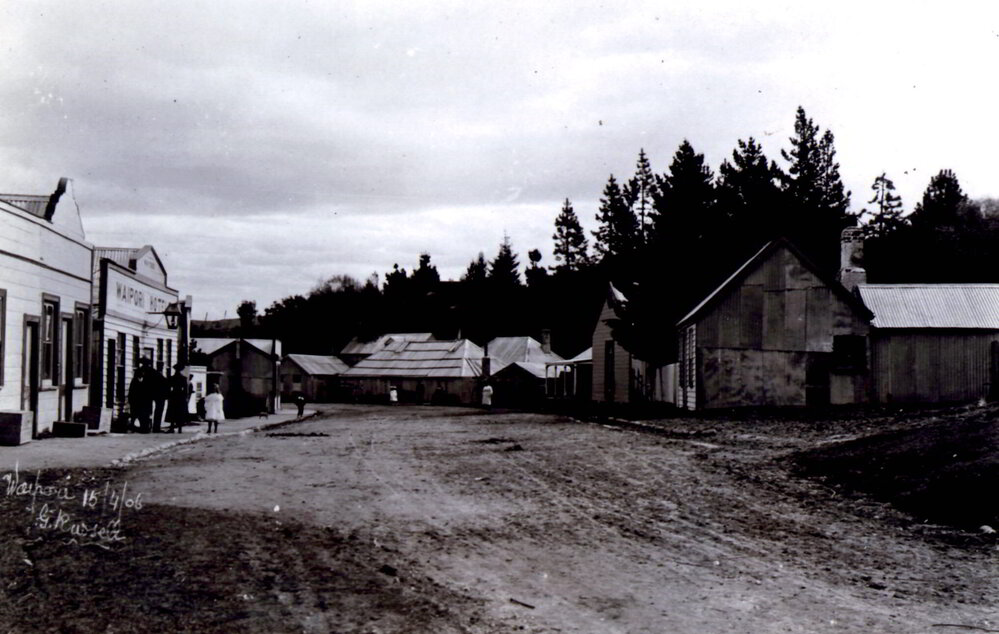
In 1918-1919 calculations were performed with the outcome that the value of the area as a power-generating lake outweighed the potential value of any gold left to be unearthed.
“Settlement day” was March 24 1929, when the remaining residents concluded their claims for compensations with the DCC for the land and property they’d have to leave behind. Thus the town became truly deserted, and the Waipori Power scheme has been in a state of continuous development pretty much ever since, although the lake level hasn’t been raised since 1949.
I’m never sure how to end these things. What’s a snappy truth to wrap this all up? Perhaps – all things must pass, but nothing is ever truly gone.
Miss you, mum.
References:
Waipori’s rich mining past comes to light By Louise Scott
Gold Beneath Dark Waters: The People of Waipori by David Still
WAIPORI: 1861-1925: THEN AND NOW. Otago Witness, Issue 3790, 2 November 1926, Page 80
Local Intelligence. Otago Witness, Issue 508, 24 August 1861, Page 5
SUMMARY FOR EUROPE. Otago Witness, Issue 528, 11 January 1862, Page 5
OTAGO’S EARLY DAYS. Press, Volume LXII, Issue 18871, 10 December 1926, Page 11
THE STABBING CASE AT WAIPORI. Otago Daily Times, Issue 1248, 27 December 1865, Page 4
THE ROLL OF HONOUR. Otago Witness, Issue 3190, 5 May 1915, Page 27
Four Deaths-Three Otago Men.Tuapeka Times, Volume XLVI, Issue 6256, 5 May 1915, Page 3
